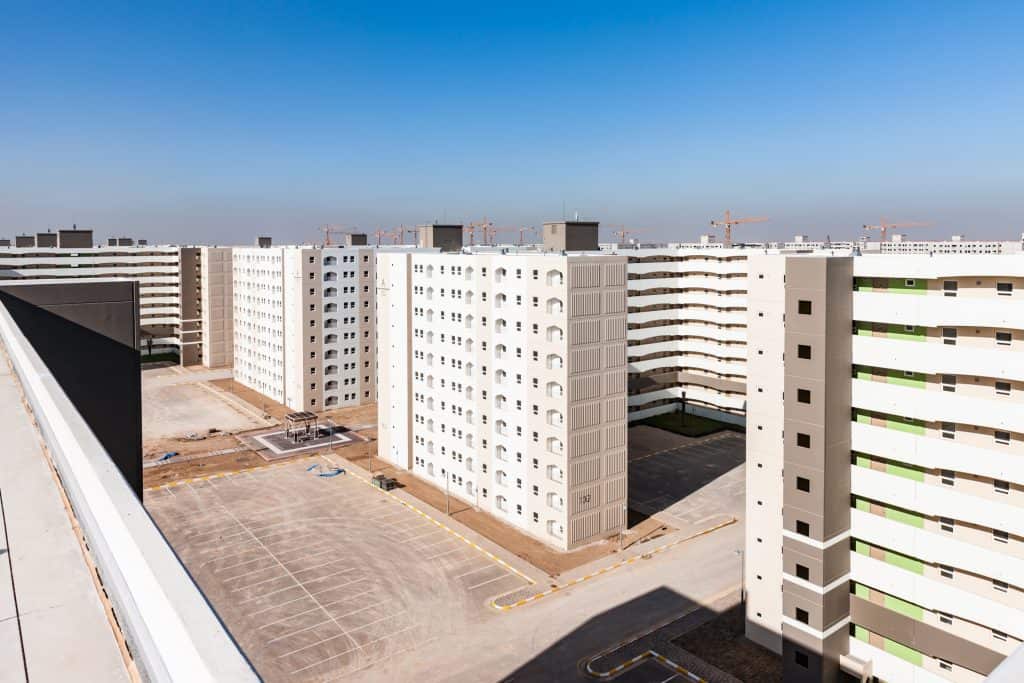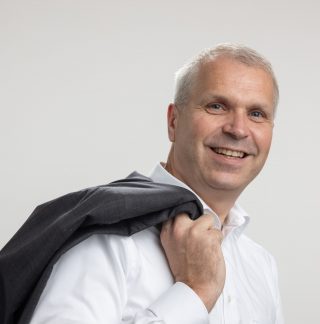Building affordable housing with 30% less material consumption

The reality facing most developing cities is rapid population growth that makes it a big challenge to keep up with the huge demand for good quality housing, services and infrastructure.
Typical demands set for builders in rapidly expanding cities are manifold:
• Cost pressure, need for affordable housing
• Pressure to use local raw materials
• Constant, controlled quality
• Safety at work sites
In addition to these, demands for sustainable, environmentally friendly ways of working are increasing. So, traditional building methods no longer provide a cost-efficient and affordable solution to meet the high housing needs and construction-time requirements.
The answer is prefabrication
Yes, it is possible: Building lively neighborhoods with affordable, comfortable homes while still fulfilling quality, cost and safety requirements set for the construction. This can be done by using factory- prefabricated elements, i.e. precast building technology. With prefabrication, it is possible to build an apartment building, city block or entire neighborhood in a third of the time needed with traditional methods. You can use local raw materials and workers but save a lot in material consumption because up to 30% less steel, cement and concrete are needed.
Prefabrication does not mean you need to forget design, aesthetics and structural stability. On the contrary, a prefabricated structure is safe and stable construction used even in seismic areas. Concrete facades also allow for different surface treatments: wood or steel trowelling, rolling, brushing, and several types of washing can be carried out when the concrete is fresh. Once the concrete is hardened, polishing, hammering, acid etching, and sand blasting can be applied. In addition, the precast walls can be coated with plaster or paint, brick, ceramic tiles, or natural stone.
Design possibilities are multiple with architecturally designed openings, balconies and filigree elements, which, by the way, also provide ventilation in hot areas. A large variation in building outlooks and proven solutions ensure that an area designed using precast can provide a lively and affordable neighborhood with housing, services and infrastructure. Precast technology and design open a myriad of possibilities for spatial planning of urban environments and make it possible to manage even mega housing projects with highly competitive costs and schedules.
With precast building and design, expanding cities can provide people with affordable housing where they can learn, live and grow in a healthy community.
If you’re interested in learning more about the utilization of precast concrete in affordable housing, please contact us.
Writer

Curt Lindroth
Area Sales Director
Elematic